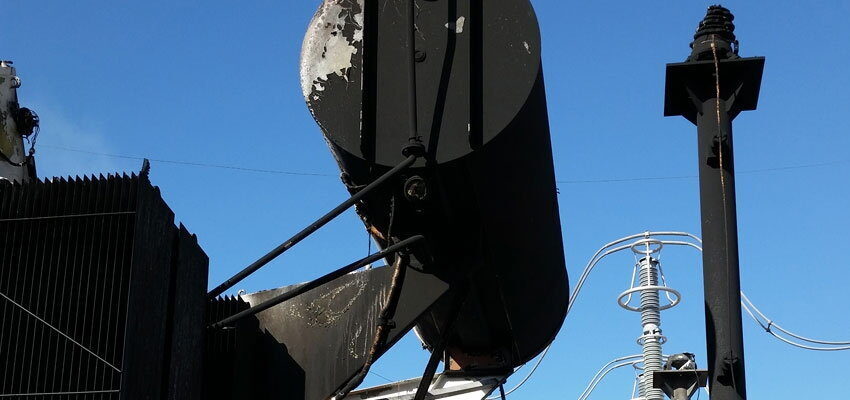
Advanced transformer condition assessment – Part I
Abstract Infrared Thermography, Ultrasonic Noise Analysis, Partial Discharge Detection, Dissolved Gas Analysis, Vibration Analysis – all these techniques are great stand-alone diagnostic tools; however, when...
by Jon L. GIESECKE

Abstract
Infrared Thermography, Ultrasonic Noise Analysis, Partial Discharge Detection, Dissolved Gas Analysis, Vibration Analysis – all these techniques are great stand-alone diagnostic tools; however, when used properly, combining the data obtained through each technique, an incipient fault can be identified long before it degrades the insulation and creates a failure.
This paper will provide guidance in setting up a complete Predictive Maintenance program to be able to provide owners of oil-filled power transformers (4 kV and up), i.e. utilities, refineries, military, mining, etc., with a complete health report and condition assessment of critical oil-filled power transformers and ancillary substation components. The testing described in this paper is done on energized, fully loaded transformers.
Author’s vast experience with doing Partial Discharge testing reveals that nearly 80% of all oil-filled power transformers exhibit some PD. This low level PD activity is not detrimental to the health of the transformer. It is usually a burr or sharp corner that is producing the activity. I consider this just nuisance PD and most times it continues for the entire life of a transformer without a failure related to PD.
Keywords: Partial Discharge, Transformer Condition Assessment, Risk Analysis Tool
Introduction
I write this article from pure experience, having performed transformer maintenance for many years at a major utility, and then being part of an Electric Power Research Institute (EPRI) team tasked with developing a Predictive Maintenance (PdM) process for transformers and substation components. History and experience have proven that there is no magic bullet for maintaining transformer health. Doing annual or periodic inspections is well worth the effort, but common sense thinking leads me to believe that installing full-time monitoring on critical tier 1 assets is probably the best way to avoid an unexpected failure. But not all transformers merit the same level of attention. Utilities and refineries have many transformers with varying complexity and purpose. I recommend rating each one and assigning them in one of the three following tiers.
Tier 1 transformers will get the highest level treatment; some will be outfitted with full-time Partial Discharge (PD) monitoring and Dissolved Gas Analysis (DGA). Tier 2 and 3 transformers will rarely be chosen for full-time monitoring. The inspection process for all three tiers must be thoughtfully applied. As transformer experts (substation teams), our job is to maintain the highest level of operational capability for our transformers and substations. A coordinated program of online and portable monitoring must be used to make sure that we are doing our part. The criticality of each transformer in your care should be ranked and that ranking used to provide guidance to your PdM team on just what is the correct level of monitoring. The lack of a spare transformer and the lead time to have a new one built (typically 18 to 24 months), delivered on site, and installed is a consideration in the overall process.







